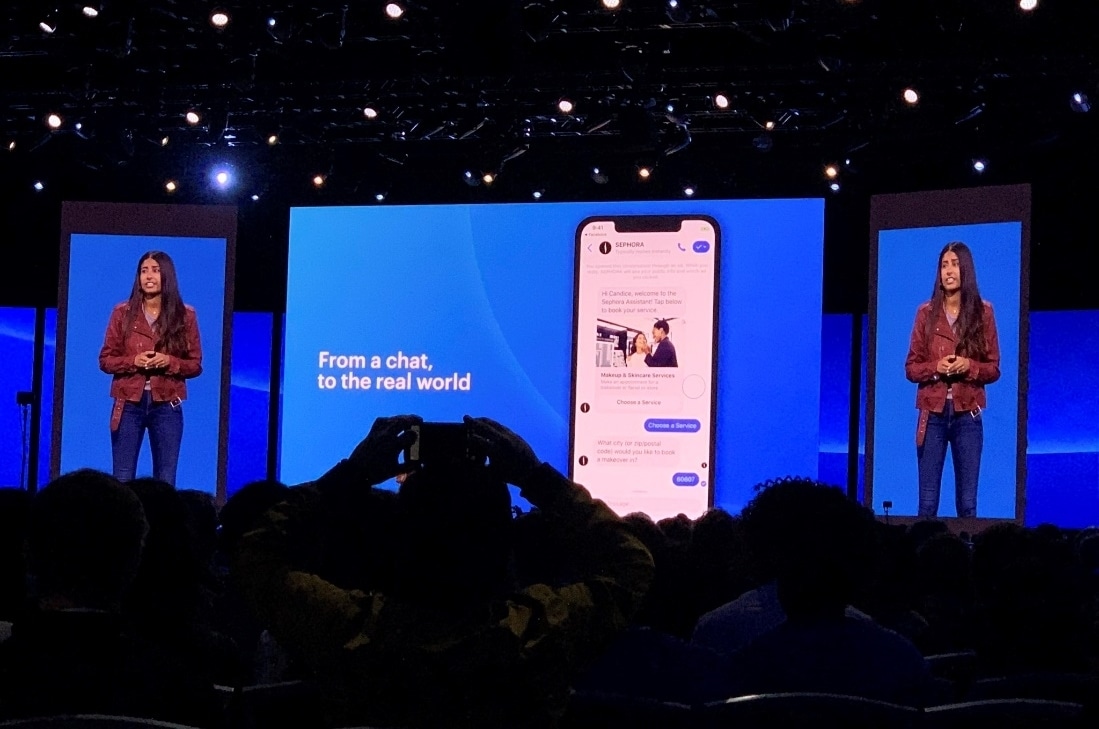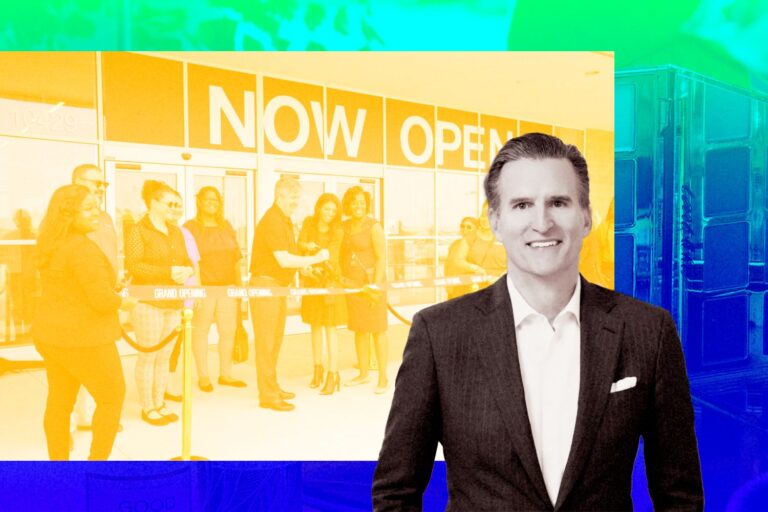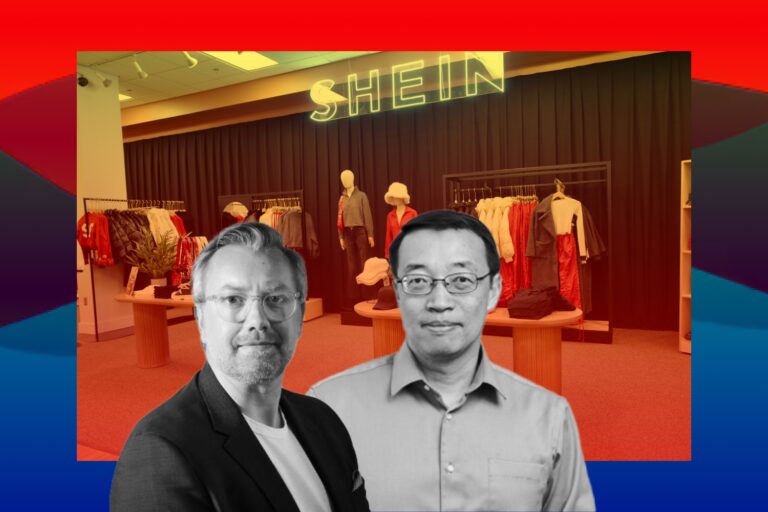Sephora’s Story: What to Learn from the Becoming of a U.S Giant
Imagine walking into a cosmetics store with racks of makeup, shelves of perfumes, aisles of every beauty product imaginable — but you can’t touch any of it.
Thanks to Sephora, beauty shoppers no longer have to face this scenario. Founded in 1970 by Frenchman Dominique Mandonnaud and acquired by Paris-based LVMH Moet Hennessy Louis Vuitton, the world’s leading luxury products group, in 1997. Sephora pioneered the concept of try-before-you-buy for cosmetics, which has been widely replicated across beauty retail.
Sephora, a multi-national chain of personal care and beauty products has built an empower through digital innovation and come out as the winner in the cosmetics retail space. It’s commitment towards digital has not only made it successful in the beauty space but has set an example for all brands looking to transform through technology. And during a time where the retail sector is struggling, Sephora is flourishing -in terms of beauty sales, it is the No. 1 specialty beauty retailer in the world.
Quality In-Store Experience with High Tech to Influence Sales
Sephora has taken a big leap in digital retail by combining the in-store and online teams into omni-retail department. The company truly believes that it falls upon the retailer to make sure the transition between channels is as smooth as possible, reducing the effort for the customer
Personalized Approach with AR And AI Technology
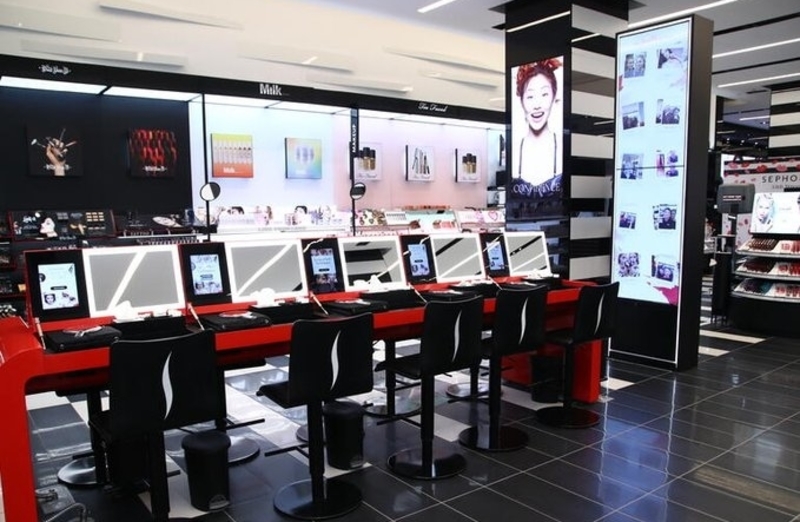
Sephora isn’t the first brand to offer ‘digital try-ons’ when it comes to beauty products, but they are the first to get it right, down to an individual experience. Modiface, the facial analysis and visualization technology firm that works with various beauty brands has been in partnership with Sephora for nearly a decade to bring Sephora’s AI and AR strategies to life to address some of the biggest hurdles in the online sale of cosmetics: “The problem of product discovery has been a substantial problem, which can be addressed partially with augmented reality based try-on” says Parham Aarabi, CEO of Modiface. “However, using AI to actually match shades and recommend products before trying is a key step. We have been working on this for almost 5 years now, but we felt that the technology was finally accurate enough for large-scale deployment.”
The most difficult question is, of course, bridging the gap between the consumer seeing a product and envisioning it on themselves. Sephora’s Visual Artist allows customers to upload a photo of themselves through a mobile app which then gives the technology the opportunity to recognize the most compatible shades for the individual and then through the use of AI can give product recommendations from Sephora’s expansive inventory. It also provides a visual representation of how certain products will look on the customer to give them a closer approximation of fit before they buy it.
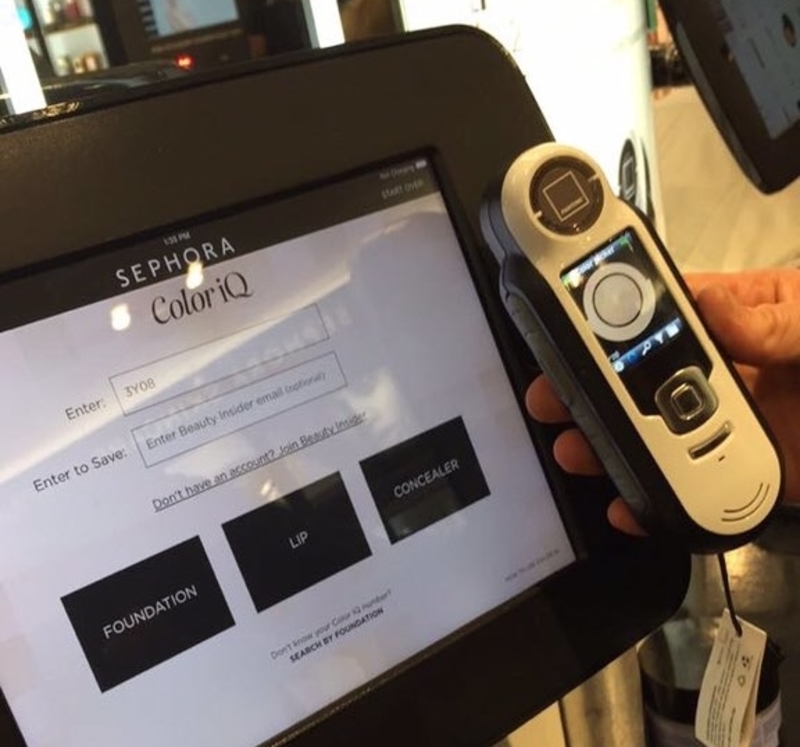
Along these same lines, Sephora also has an exclusive technology called Color iQ, which “scans the surface of your skin and assigns it a Color iQ number, which reveals scientifically precise foundation matches.” Customers can then keep this number on hand to ensure they are always going to get their best individual shade recommendations from Sephora’s line of products.
Customer-Centric Strategies – How Sephora Win Over The US
Whether it’s online sales, in-store, or at events, Sephora uses creative ways to retain its customers among all channels.
How Sephora Build Connections Beyond Its Stores – With A Unique Reward System
While baby boomers tend to be brand-loyal, the growing millennial market is more cost-conscious and would rather selectively pick and choose across brands so long as they fit their budget. So how do you get them to be loyal to your business? Give them the most bang for their buck: a loyalty program that rewards them and caters to their needs.
One of Sephora’s secret weapons is its VIB loyalty program, which grants members free gifts, in-store event offers, and discounts after their purchases. What makes VIB so dangerously effective is that it also requests that its members fill out their profile with information regarding their complexion, skin type, and other preferences. Sephora then analyzes this data to create a curated set of product recommendations that suit their specific needs.
The strategy is meant to digitalize the personalized, in-store shopping experience that customers have upon walking into their local brick-and-mortar.
“We figured out early on that if we were to get the basics right, we should ask the questions as if we were standing in the store,” Bridget Dolan, VP of Interactive Media at Sephora, shares with Forbes. “What skin type do you have? …If she tells us that she has dry skin then the product that she’s going to receive in an email will have that attribute.”
Evidently, all that tailoring works—Dolan says that a whopping 80 percent of Sephora’s transactions now run through VIB and that clearly, “It’s a win-win.”
Educate First, Sells Second- Sephora’s Beauty Platform Are Here to Stay
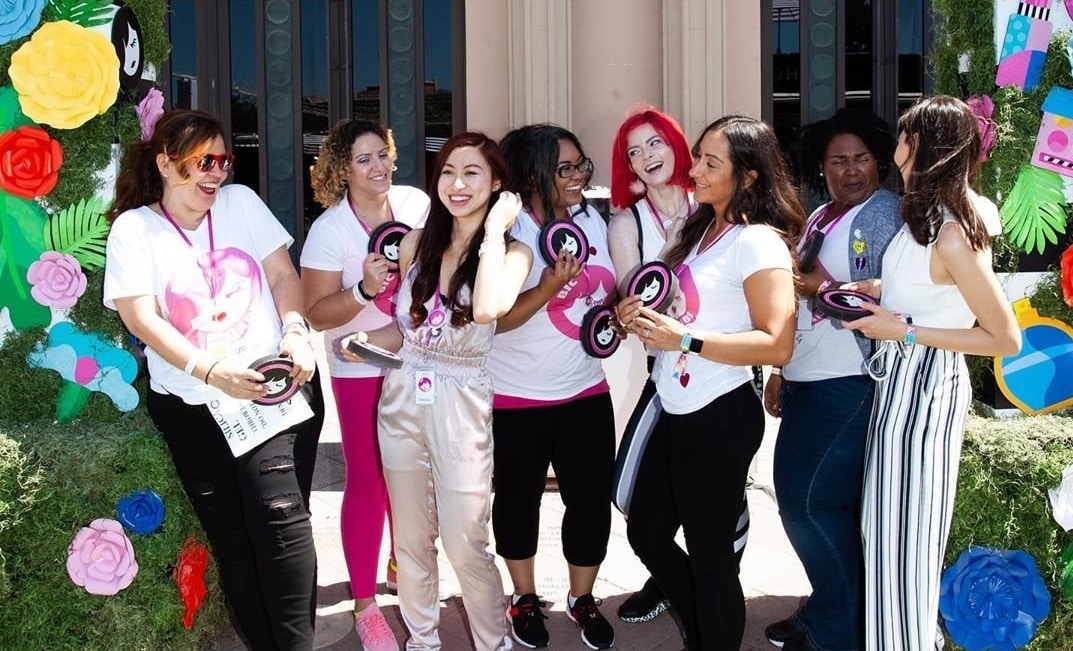
If your customers aren’t already shopping through your website, they’re still likely to research your products online. Beauty bloggers on YouTube and Instagram are gradually replacing counter clerks in educating consumers on the best makeup brands and application lessons. Sephora embraced this culture by partnering with such key influencers, and their collaboration has indirectly increased the brand’s engagement with all other consumers online.
The reason why is simple: word-of-mouth continues to be the best way to market, and these big-name beauty bloggers are trusted by even the most discerning customers. Bloggers will speak plainly when they feel a product is expensive or reliable, and because customers crave this authenticity, they’re more likely to follow their advice than that of expert cosmeticians. Sephora now owes a great deal of its brand awareness to these bloggers who preach the quality of their products; their promotion has helped increase traffic to Sephora’s online storefront and cultivate a positive reputation on social media.
Besides, the brand has set the standard as far as what cosmetic brands should be doing with their user generated content. Take Sephoria, for example. It is a one-of-a-kind live forum where influencers, patrons, and celebrities all collaborate and discuss what’s happening in beauty. Their events and creative marketing strategies help reach a more engaged community and turn Sephora’s avid followers into brand advocates. “By fostering personal connections and generating brand love over the years, it’s only natural that we leverage their input and further strengthen our program beyond just perks and discounts,” says Deborah Yeh, senior vice president of marketing and brand at Sephora.
Besides, there is also the Insider Beauty Community. It consists of forums surrounding beauty tips, live chats with influencers, and stunning photo galleries. But what I think they do really well in UGC is visual commerce. With many gated channels like Makeup is Life and Best Hair Ever, users are able to post and see pictures to help them guide their purchase decisions. All of this has helped grow Sephora and sustain a massive presence with over 15 million subscribers on their website and social media. And finally, to complete this retail experience, Sephora also offers Beauty Classes with makeup lessons and workshops led by beauty professionals at the Beauty Hub. Apparently, with all that effort, Sephora indeed deserves all the loyalty form its customer.
Sephora As an Investor: Support Female Entrepreneurs and Promising Brands
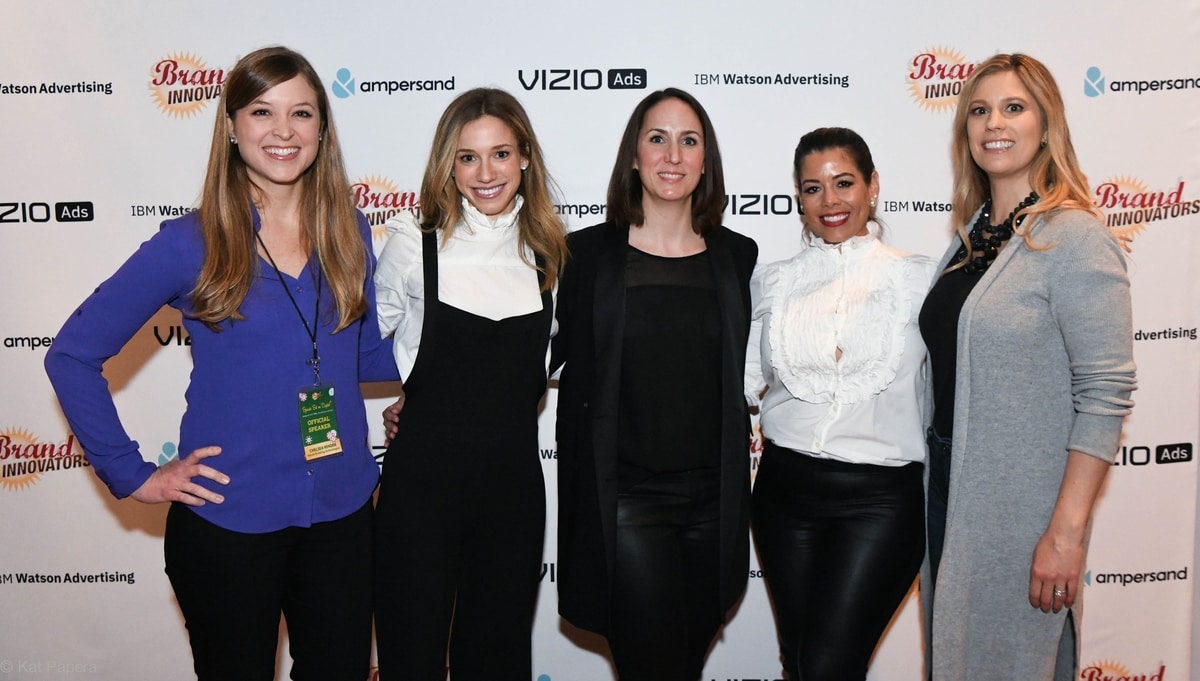
Sephora Accelerate — which is part of the company’s larger social impact initiative, Sephora Stands — launched its first cohort in 2016 to help empower female beauty entrepreneurs, who are still largely underrepresented in the industry.
The company offers nominal funding for 8 –10 selected startups, which then participate in a week-long beauty boot camp featuring workshops, events, and mentorship opportunities, culminating in a final Demo Day.
Not only does this allow Sephora to support female entrepreneurs; it also helps the company scout out high-momentum brands that Sephora could distribute.
Though not all brands make it onto Sephora’s shelves (to date, only organic skincare brand LXMI, essential oils company Vitruvi, and ethical fragrance brand The 7 Virtues have done so), the company offers participants ongoing mentorship and networking opportunities.
Participating companies can also receive funding from Sephora to help their brands grow. For example, Sephora Accelerate loaned castor oil-based beauty brand Kreyol Essence $50K in 2017 to help it prepare for distribution at Whole Foods.
Sephora previously announced its 2018 cohort, which taps into many current beauty trends, including: Personalized skincare (Proven); Inclusive beauty (Mented Cosmetics); Cannabis-based beauty (Ho Karan); Hardware devices for at-home cosmetics (BeautyMix).
The Bottom Lines
Beauty buyers want to understand how to use great products to their fullest potential, they like staying in the know. And Sephora has done a great job at educating shoppers about the latest, greatest beauty finds — and ultimately, selling them.
Sephora’s business is more than just making money. What it aims at is to build its own empire! With innovative strategies designed to make its customer’s shopping life easier, Sephora is embracing new retail trends for the better. Retailers need to adopt customer-centric strategies and integrate digital into their stores to provide seamless shopping experience. Since that is how Sephora has thrived to be the most success beauty retailer today.

